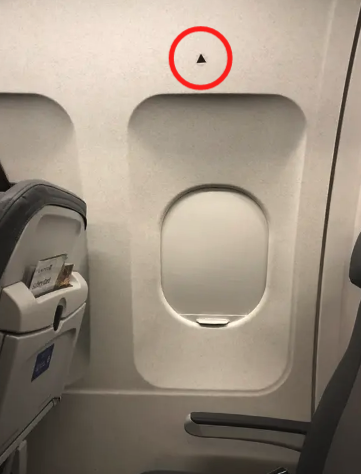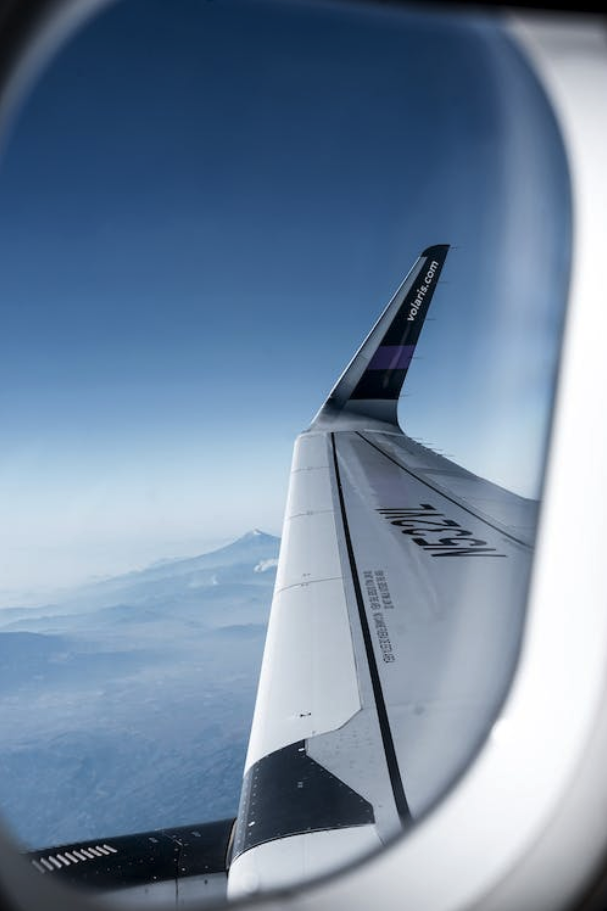Unlike most of us, there are some people who travel a lot. And I mean A LOT. They probably already know about all the “little things” in planes, like:
- Why plane windows are so small, why they’re round, and why they have those little holes in them
- What that white vapor is that blows into the cabin
They’re aware of the stuff that’s done to affect our subconscious, like:
- Why seats on a plane are usually blue
- The psychological mind games Southwest’s been experimenting with
- The secrets of why airports are designed like they are
They know all the little hacks to make a flight better:
- How to possibly avoid being forced to gate check your carry-on bag
- 15 ways to make flight attendants love you
They probably even know about all the safety stuff, too. Like:
- Which seats have the best survival rates
- What flight attendants are really doing when they greet you on the plane
- Why planes don’t fly over the Pacific Ocean
- Why emergency doors sometimes have red tape over the windows
They might even know which airline is best if you want to join the Mile High Club. 😉
But some frequent flyers, and I bet most not-so-frequent ones, never even notice this little thing on planes:

It’s just a small triangle. Sometimes it’s black, sometimes brown, sometimes it’s red. You’ll see them on each side of the plane, right over the wing.
Most people go past them and, as I said, never even notice they’re there. Which is just as well, because they’re not really for us. They’re for the flight crew.
Those triangles indicate the windows that have the best view of the wing. When flight attendants or pilots need to look at the wings, the triangle stickers are markers that tell them exactly where to look. So if they’re inside the cabin and want to check the moving parts of a wing (read: the flaps and slats), or are looking for problems like ice, they won’t have to practically crawl over a bunch of passengers before finding the best view.
They’re good for us, too
Although the windows with the triangles are specifically there as information for the flight crew, they can help us passengers too. If you like to get “just off the wing” photos or videos, the seats with triangles are the way to go.

PC: Pexels
The wings are also generally the center of gravity on a plane, and the aircraft moves up and down from the wings like an axis. So if you have a tendency to get motion sick, sitting between the triangles would have you seating in the part of the plane that’s the least bumpy (not including turbulence. You can’t avoid whatever turbulence the pilot winds up hitting).
One final fun fact!
The window seats with the black triangles have sometimes been called “William Shatner’s Seat.”
The Shatner reference is to one of the more bizarre episodes of The Twilight Zone (as if any of the episodes of that show weren’t bizarre?), Nightmare at 20,000 Feet, the third episode of the TV show’s fifth season. It first aired on October 11, 1963. In it, Shatner plays Robert Wilson, a guy who is recovering from a nervous breakdown. While on a plane with his wife, he looks out the window and sees a creature on the wing, staring back at him.
The opening narration….oh, man!
Portrait of a frightened man. Mr. Robert Wilson, thirty-seven, husband, father and salesman on sick leave. Mr. Wilson has just been discharged from a sanitarium where he spent the last six months recovering from a nervous breakdown, the onset of which took place on an evening not dissimilar to this one, on an airliner very much like the one in which Mr. Wilson is about to be flown home. The difference being that, on that evening half a year ago. Mr. Wilson’s flight was terminated by the onslaught of his mental breakdown. Tonight, he’s traveling all the way to his appointed destination which, contrary to Mr. Wilson’s plan, happens to be in the darkest corner of the Twilight Zone.
So there you go. Now that you’re aware of those little triangles, I promise they can never be “unseen.” Next time you’re on a plane, you can impress your friends and family by pointing out the little triangle and explaining what it’s for.
And if you already knew about them, yay for you!
Want to comment on this post? Great! Read this first to help ensure it gets approved.
Want to sponsor a post, write something for Your Mileage May Vary, or put ads on our site? Click here for more info.
Like this post? Please share it! We have plenty more just like it and would love it if you decided to hang around and sign up to get emailed notifications of when we post.
Whether you’ve read our articles before or this is the first time you’re stopping by, we’re really glad you’re here and hope you come back to visit again!
This post first appeared on Your Mileage May Vary
